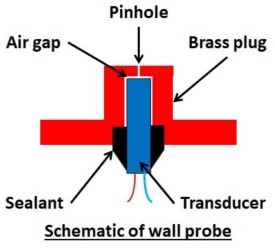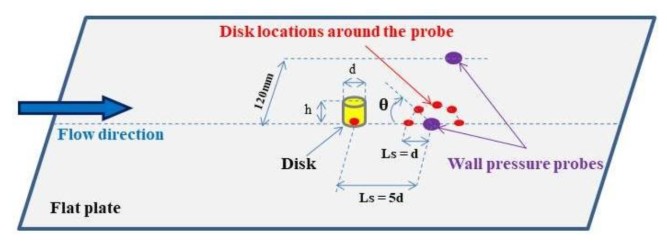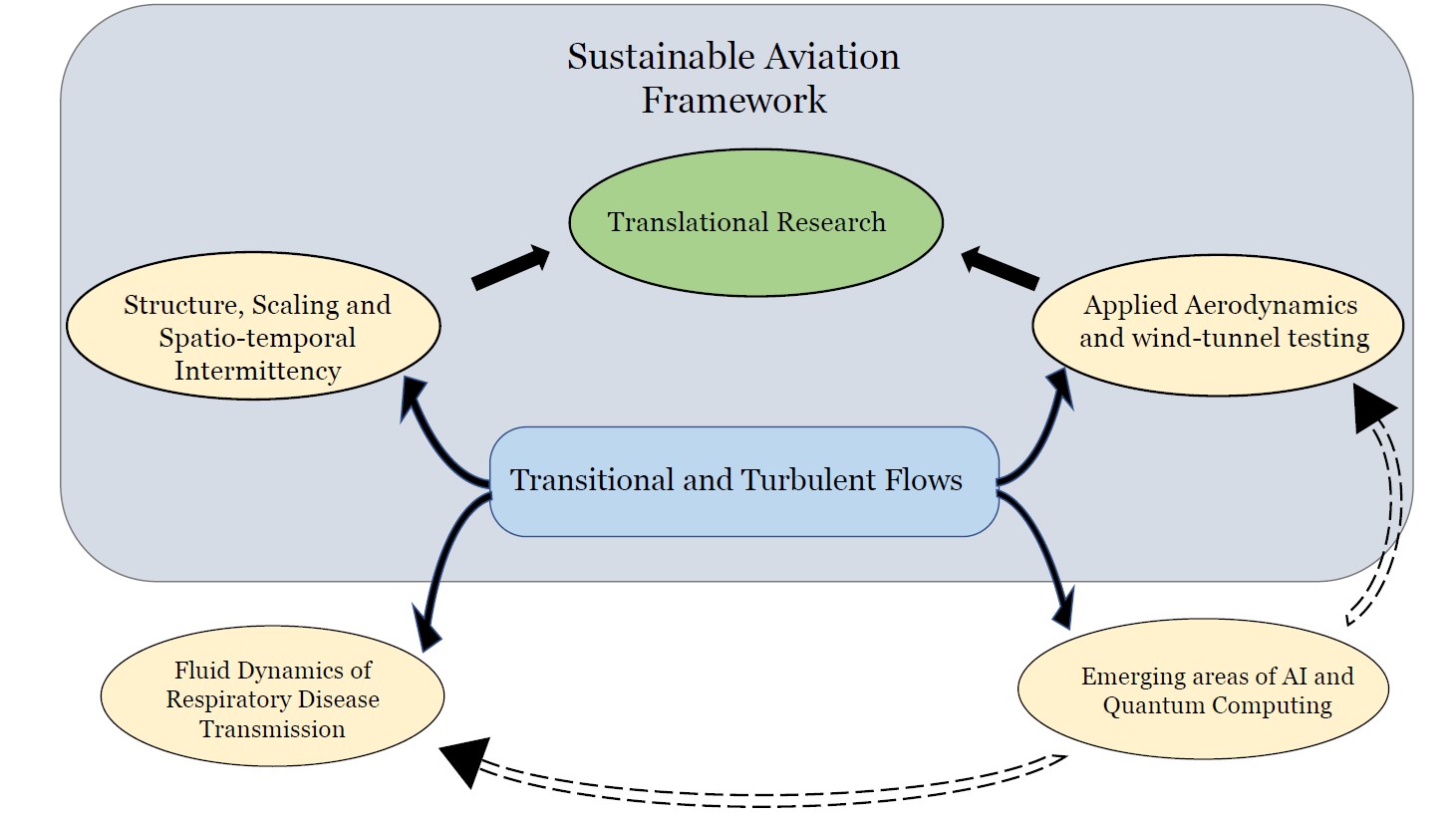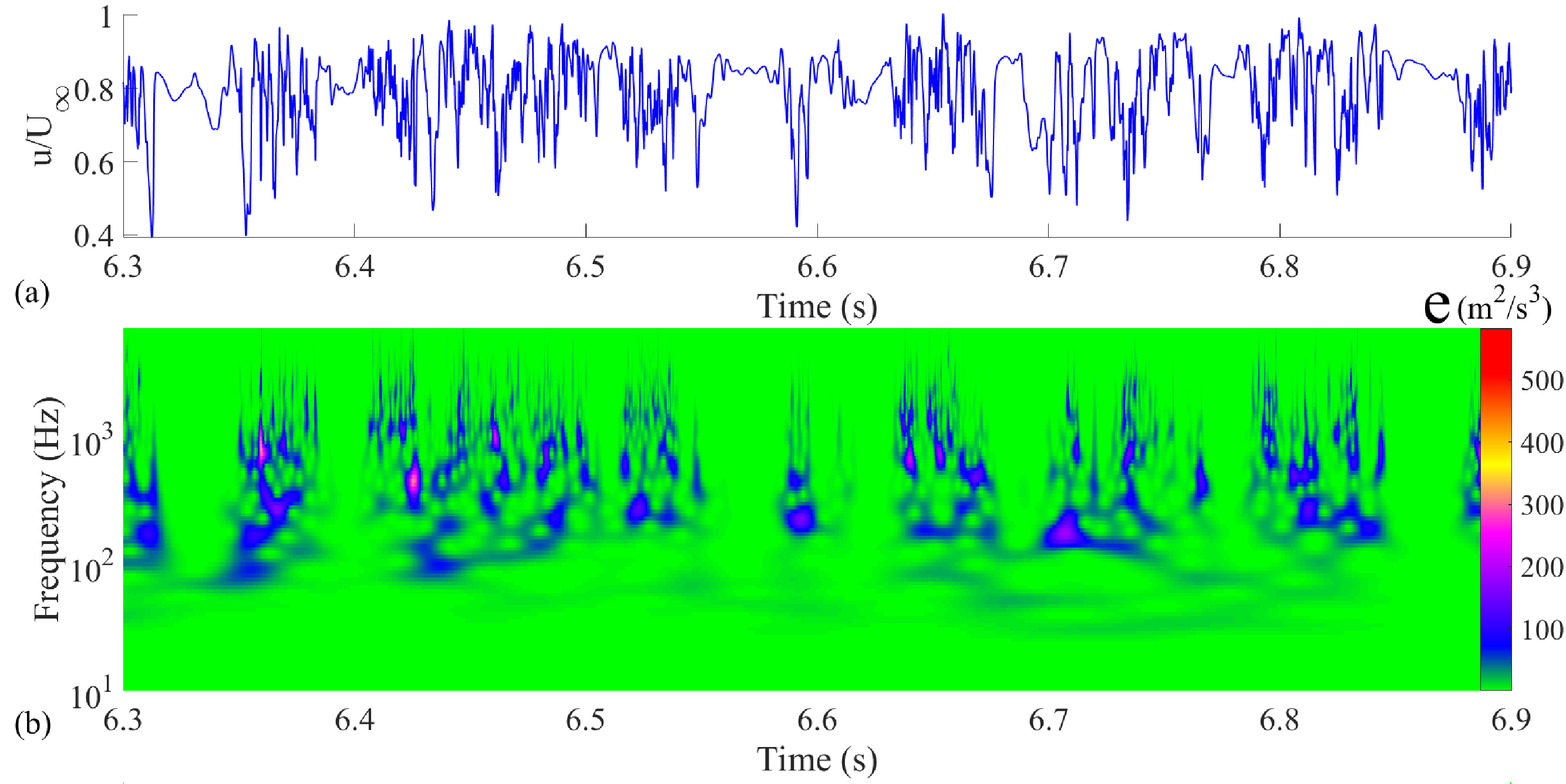Research
Laminar to turbulent transition and control
We work on understanding the mechanism of boundary layer transition in subsonic boundary layers and devising control strategies for delaying/altering the transition process. Our two low-speed low-turbulence wind tunnels are continuously used for measurements in transitional boundary layers. We use experimental techniques such as hot-wire/hot-film anemometry, particle image velocimetry, and unsteady pressure measurements. The measurements are enhanced by employing advanced data analysis techniques based on time-frequency analysis, proper orthogonal decomposition, and stability analyses .
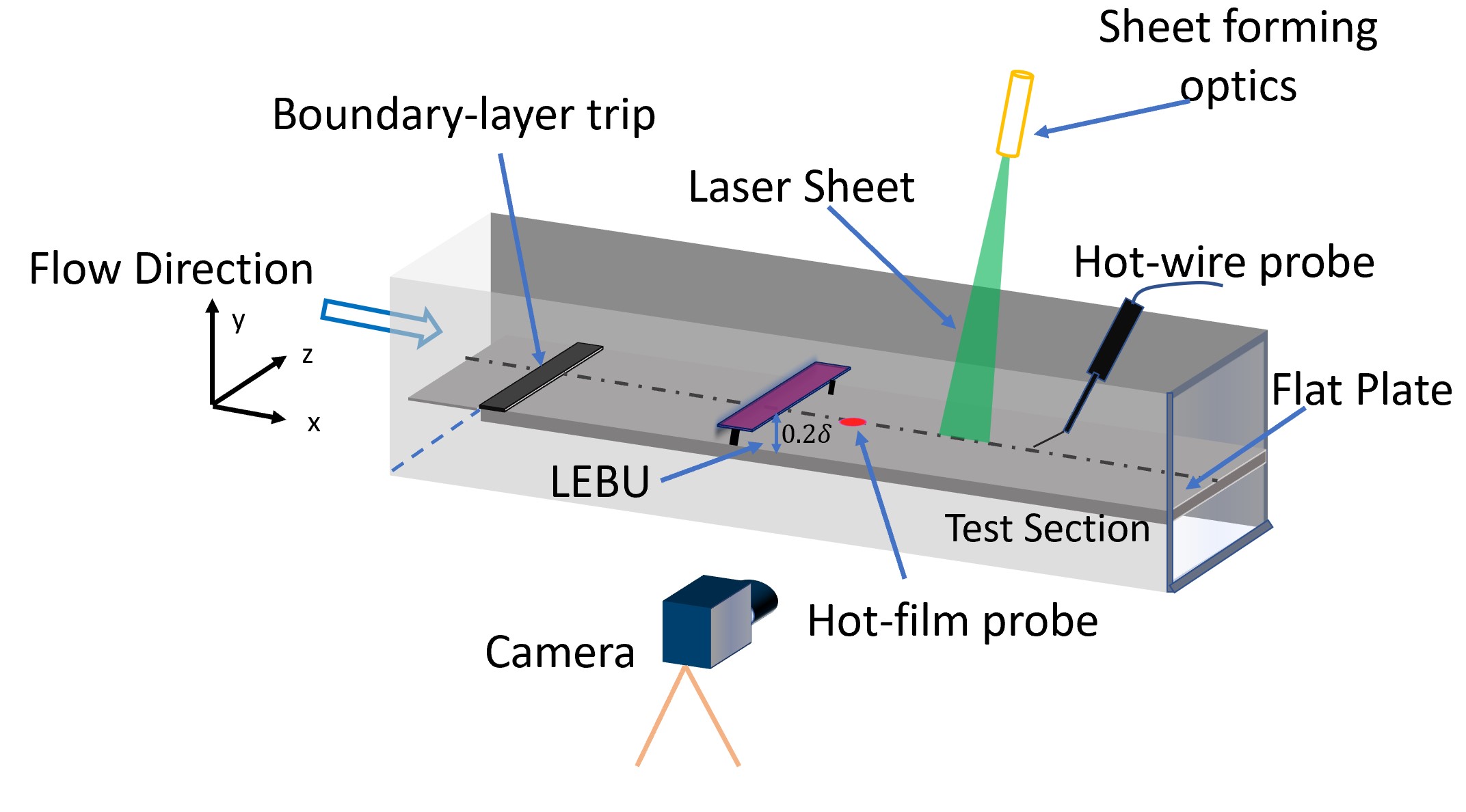
Turbulent flow control (LEBU)
Large eddy break-up (LEBU) device has been used in the past as means to reduce skin friction drag associated with a turbulent boundary layer (TBL). In this work we report wind-tunnel measurements on a flat-plate TBL perturbed by a LEBU placed at the edge of the logarithmic layer. Particle image velocimetry (PIV) measurements show that the LEBU alters the wall-normal velocity gradient and Reynolds shear stress not only near its location but also close to the wall, thereby directly affecting the near-wall turbulence cycle; this is also seen from the hotwire measurements downstream of LEBU. An internal layer formed over the surface of the LEBU interacts with the oncoming eddies and introduces synthetic scales inside the TBL (typically three times the boundary-layer thickness) whose signature can be found in the perturbed boundary layer. Proper orthogonal decomposition is carried out on PIV frames to understand the dominant modes with and without the presence of LEBU. These results show that a LEBU can affect the structure of the oncoming TBL in a complex manner and act as an effective scale manipulator for the TBL.
Wavelet detectors for intermittent signals
Wavelet-Transforms are useful for analysing non-stationary signals such as an intermittent transitional flow velocity signal. This helps us to get both time and frequency information of the turbulent activities inside the flow. In the wavelet transform contours we observe broadband high frequency activities that is a characteristic signature of a turbulent spot. This transform gives us a mathematical basis for formulating a scheme to quantify the stage of transition, the flow is in. This is done through an intermittency factor. In recent work we established that Wavelet-Transform can be used to determine intermittency factor with far more accuracy than other previously existing methods.
Turbulent Jets
We work on analyzing vorticity and scalar transport in canonical turbulent jets and their perturbed flows using direct numerical simulation. The study of the canonical jet includes analyzing the flow from the perspective of vorticity fluxes and structures. Our findings suggest the presence of hairpins in the outer region of the jet as a structure that helps generate Reynolds stresses. In our analysis of the perturbed state of the canonical flow, we examined the off-source heated jet, which mimics cumulus clouds where a phase change causes latent heat release at an elevation from ground level. We developed a scaling method to normalize different heat jet parameters, bringing coherence between different literature and our study despite differences in heating details.
Linear stability of channel flows
We investigate how channel flows and wall-bounded shear layers respond to small disturbances in the flow field – whether the fluctuations amplify to eventually lead towards turbulence or decay towards the initial laminar state. This information is essential to understand laminar to turbulent transition, particularly which flow parameters can suppress or promote the growth of disturbances. To this end, we use stability analysis complemented by numerical solutions to the governing equations of incompressible fluid flows.
Energy Cascade in wall turbulence
Our research is to study the turbulence energy cascade in wall-bounded flows in real space using a novel band-pass filter based multi-scale analysis and Lagrangian particle tracking on the turbulent flow field data generated using Direct Numerical Simulation. The multi-scale analysis enables us to calculate the inter-scale energy and enstrophy transfer, and the enstrophy generation due to stretching. In the first part, the muti-scale analysis would be used to study the scale-locality of energy cascade and its dependence on shear and Reynolds number. Further, the inhomogenity of energy cascade will also be studied and its causal influence, if any, on the small scale intermittency will be explored. The morphological features of the structures involved in the cascade will aslo be chatracterized using Minkowski functions. The use of Minkowski function in chatacterising the structures found in fluid flows is a novelty and we expect to find some interesting results. In the second part, we plan on using Largangian particle tracking to study the lagrangian aspets of turbulent energy cascade, as it is the fluid particles that carry mass, momentum and energy with them from one scale to the other and thus it is a more fundamental way of studying the turbulence cascade.

Needle probe for unsteady pressure measurements
Unsteady pressure fluctuations are common to turbulent flows. The pressure fluctuations exert unsteady loads on the surface of aerospace vehicles, induce structural vibrations, and radiate acoustic noise into the vehicle cabin. As these effects can harm the payload inside the vehicle, it is important to study the pressure fluctuations. However, measuring static pressure fluctuations within the turbulent flow is challenging and needs an unconventional probe design. We have developed a special Needle probe to measure time-resolved unsteady pressure fluctuations in turbulent flows. As shown in schematic, it has a sharp nose followed by a tube that has 4 circumferential pinholes of 0.3mm diameter. The tube is followed by a larger tube which houses a transducer. The static pressure fluctuations enter through the pinholes and are measured by the transducer. The probe is dynamically calibrated over a frequency range of interest to correct acoustic effects associated with it. The probe is validated with the available literature by measuring pressure fluctuations inside a fully developed turbulent boundary layer. It has a variety of aerospace applications e.g., measuring fluctuating pressure levels in the wake of a wing as shown in photograph
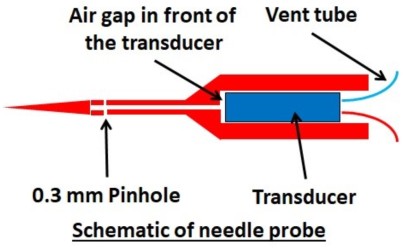
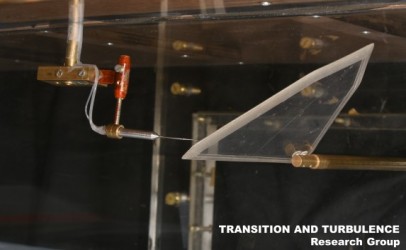
Wall pressure fluctuations on launch vehicles
A turbulent boundary layer formed on a launch vehicle surface gives rise to unsteady pressure fluctuations which can cause harm to the payload. Protuberances present on the vehicle surface in the form of ribs, wedges and joints can influence the fluctuating pressure levels in their surroundings. To study these surface pressure fluctuations, different protuberances are placed on a flat plate housing a flush-mounted wall probe as shown in schematic. The probe senses the surface pressure fluctuations downstream of the protuberance through a 0.3mm pinhole followed by the transducer. The probe is dynamically calibrated over a frequency range of interest to correct acoustic effects associated with it.
